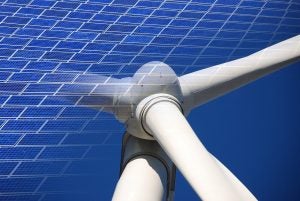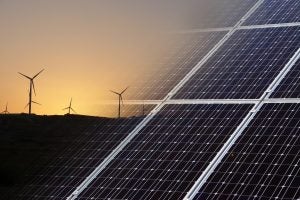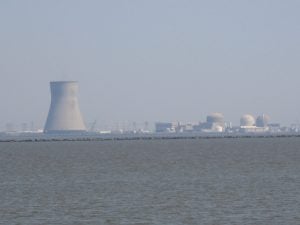New Jersey’s legislature voted on two important bills last week related to the state’s energy future. One will boost clean energy like renewables and energy efficiency, create jobs, and cut pollution. The other subsidizes two nuclear plants indefinitely. Both bills passed. Environmental Defense Fund (EDF) enthusiastically supported the clean energy bill, but withheld our support for the nuclear bailout.
New Jersey deserves a clean, healthy, and prosperous future, and we need a plan to make it happen. The clean energy bill is such a plan. The details may be complex, but the result is simple: It prepares the state for the inevitable retirement of nuclear plants by accelerating the adoption of renewable energy and energy efficiency. The nuclear bailout is flawed and wasteful. It should have been fixed. Read More





